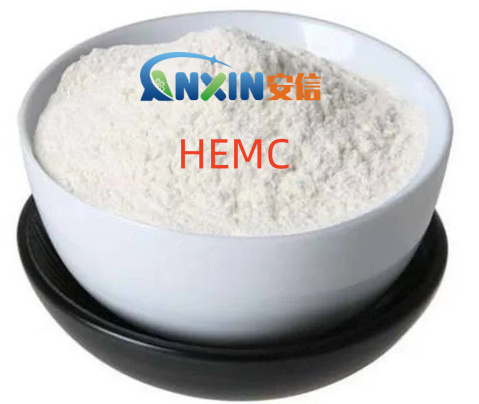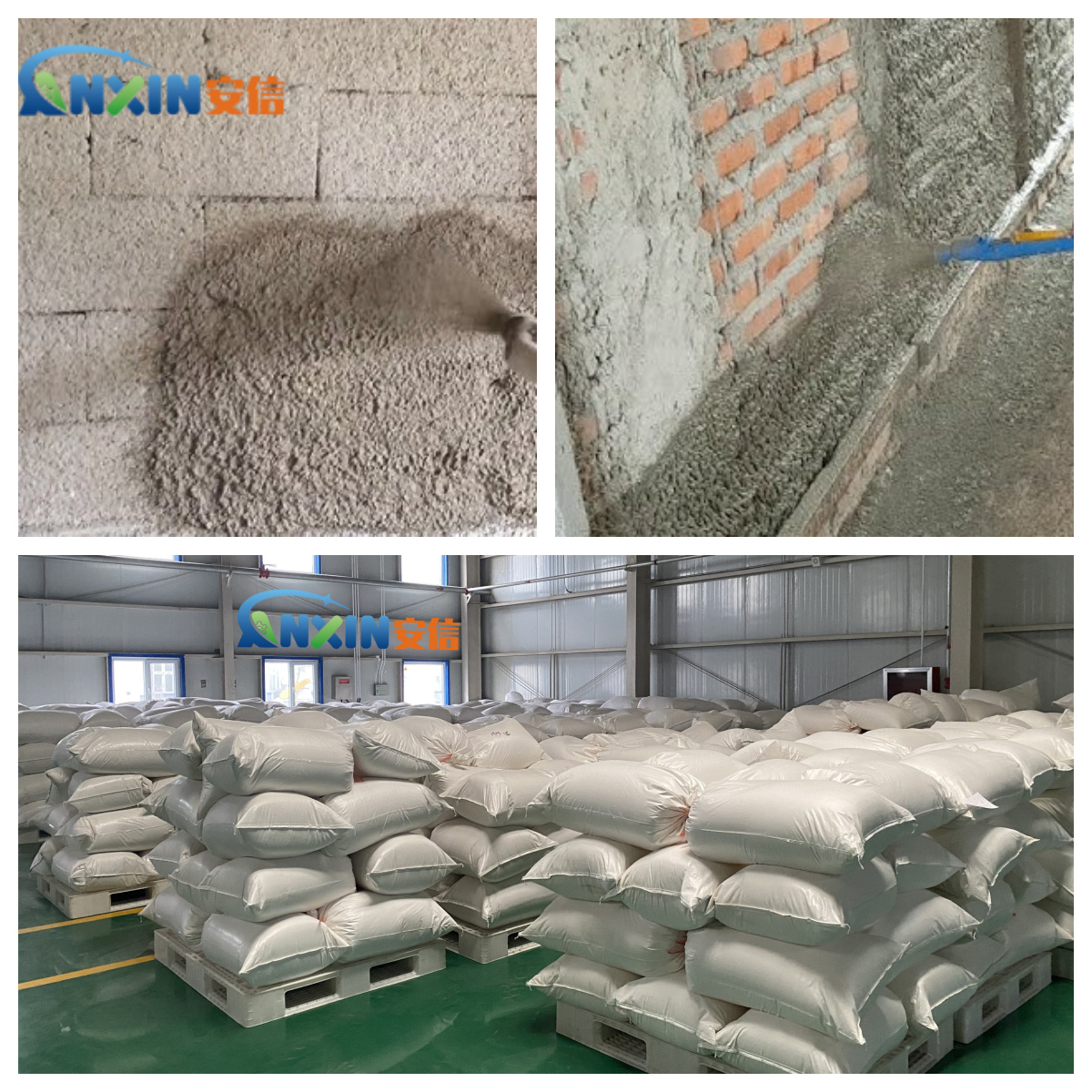Hydroxyethyl Methyl Cellulose (HEMC) is a non-ionic water-soluble cellulose ether with excellent thickening, water retention, lubricity and film-forming properties. It is widely used in building materials, coatings, daily chemicals and other fields. In recent years, with the development of building industrialization and construction mechanization, spray mortar has gradually replaced traditional manual plastering construction and become a new type of efficient and environmentally friendly construction method. The application of HEMC in spray mortar has significantly improved the construction performance and finished product quality of mortar, and is one of the important additives in this field.

1. Overview of Spray Mortar
Spray mortar is a premixed mortar constructed by spraying equipment, including plastering mortar, thermal insulation mortar, self-leveling mortar and other types. Compared with traditional manual construction, spray mortar has the advantages of fast construction speed, low labor intensity, stable construction quality, and suitable for large-area operations. However, due to the high-speed and continuous spraying process, higher requirements are placed on the workability, adhesion and water retention of the mortar.
2. Performance characteristics of HEMC
Hydroxyethyl methylcellulose has both hydroxyethyl and methoxy functional groups, which give it the following excellent properties:
Excellent water solubility and stability: HEMC dissolves quickly in cold water to form a transparent or translucent viscous solution, which is suitable for various dry-mixed mortar systems.
High efficiency water retention: Its molecular structure can effectively lock in moisture, prevent moisture from evaporating too quickly, and improve the lubricity and adhesion of mortar during construction.
Enhance adhesion and anti-sagging: HEMC provides appropriate bonding strength and viscosity to prevent mortar from sagging after spraying.
Improve construction performance: Make mortar smoother during spraying, pumping and leveling, and improve construction efficiency.
Stable to temperature, acid and alkali: Suitable for different environmental conditions to ensure stable mortar performance.
3. Specific role of HEMC in spray mortar
3.1. Improve construction rheological properties
The workability of spray mortar requires it to have good fluidity and stable thixotropy. HEMC can adjust the consistency of mortar, making it easy to pump and spray. At the same time, it can quickly thicken after spraying on the wall, improve anti-sagging performance, and ensure uniform coverage of mortar and consistent construction thickness.
3.2. Improve water retention and extend open time
During the spraying process, water is easy to evaporate quickly, especially under high temperature or ventilation conditions, which can easily cause mortar cracking or poor bonding. HEMC’s high-efficiency water retention performance effectively delays water loss, ensures that cement and other cementitious materials are fully hydrated, and improves the bonding strength between mortar and the base. At the same time, extending the open time is conducive to subsequent leveling or finishing, and improves construction flexibility.
3.3. Enhance anti-sagging and bonding
When constructing on vertical surfaces or high walls, if the mortar is too fluid, it is easy to sag, affecting the appearance and thickness control. HEMC increases viscosity and cohesion to make the mortar have good thixotropy, that is, it has good fluidity when subjected to force (pumping or spraying), quickly restores consistency when stationary, firmly adheres to the wall, and effectively prevents sagging.
3.4. Improve the stability of mortar
HEMC can stabilize the dispersion of cementitious materials and aggregates in the mortar system, prevent segregation and water seepage, ensure the uniformity of the mortar mixture, and improve the overall construction quality.
4. HEMC dosage and usage
The recommended addition amount in spray mortar is usually 0.2% to 0.6%, depending on the formula, purpose and required performance of the mortar. HEMC is added to the dry mortar in the form of dry powder, mixed evenly with other raw materials, and then stirred with water for use. It has excellent solubility, is easy to disperse, does not produce agglomeration, and is convenient for industrial production and on-site use.

5. Application effect example
The use of HEMC in exterior wall plastering spray mortar can significantly increase the wall thickness and slurry hanging ability of the mortar, and reduce the construction ground loss. In the thermal insulation mortar, HEMC improves the bonding strength between the material and the base layer, ensuring the overall stability and durability of the thermal insulation system. Actual project feedback shows that the spray mortar with HEMC added is convenient to construct, the effect is smooth and delicate, and the construction rework rate is reduced.
As a cellulose ether with excellent performance, hydroxyethyl methylcellulose plays a key role in thickening, water retention, stabilization and construction assistance in spray mortar, significantly improving the mechanical spraying performance and finished product quality of the mortar. With the promotion of building automation and green construction, the application of HEMC in the field of premixed mortar will become more and more extensive, becoming an important boost to the advancement of building materials technology.
Post time: Jun-27-2025